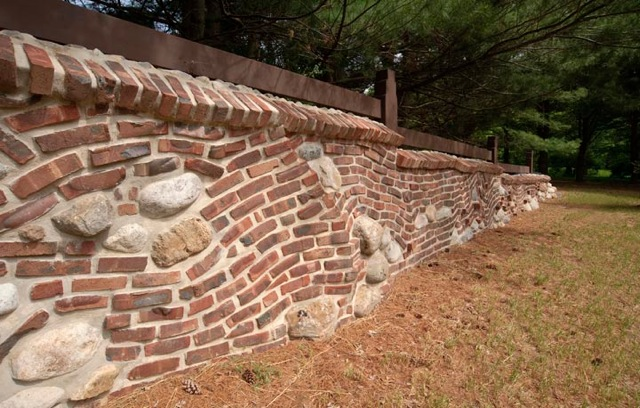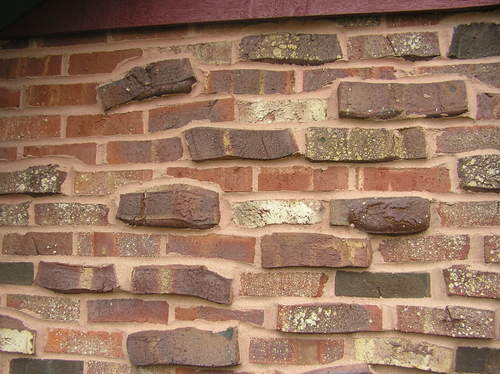|
Natural Stone Veneer - More Affordable Than You Think!
Storybook Classic Homes encourages homeowners to use natural stone veneer when the budget permits. Surprising, the costs for the natural and some higher-end culture (manmade) stone varieties are similar in price when purchased directly from their quarries. Most homeowners are not aware that their cultured stone veneers require maintenance through the years. The coloring on the stone is painted and does not run throughout the stone. Spray sealing the stone is required every few years to maintain the paint and color. Also, should the stone chip, it will show the uncolored concrete underneath. To their dismay, homeowners with homes built 20+ years ago using cultured stone are noticing their stone color fading. These homeowners were unaware that their stone veneers required sealing.
Maryland has numerous stone quarries throughout the state. Two of the most common types of stone seen on many homes in the Baltimore/Washington metro area are Carderock and Butler Stones. Each have a distinctive look to enhance the look of YOUR future home.
Carderock Stone is supplied by Tri-State Stone and Building Supply Company from a quarry in Bethesda, Maryland. This stone is renowned for its blue, grey, tan, and cream tones. This veneer is popular in DC metro area of Maryland and Virginia. Details of their quarry can be viewed on their webpage www.carderock.com

Butler Stone is supplied by Vinci Stone Products located in Marriottsville, Maryland. This stone is well known for its tan, brown, cream, and light-grey stones with distinctive crystal-like flecks that gleam within the stones. This veneer is popular in the Baltimore area of Maryland. Details of their quarry can be viewed on their webpage www.vincistone.com
 
Storybook Classic Homes buys directly from the above quarries for wholesale pricing.
One construction characteristic storybook homes have is a "clinker" brick veneer. During their firing, these bricks were placed too close to the fire and were misshapened and burned. Turns out, they were heavier less porous than the typical brick and had better insulating properties from water and weather. They make a "clink" sound when they are hit against something. These bricks are perfect for creating whimsy cartoonish walls and veneers for storybook homes. They give a great texture effect to a boring "flat" brick wall.
  
Clinker brick used as accent pieces.
 |